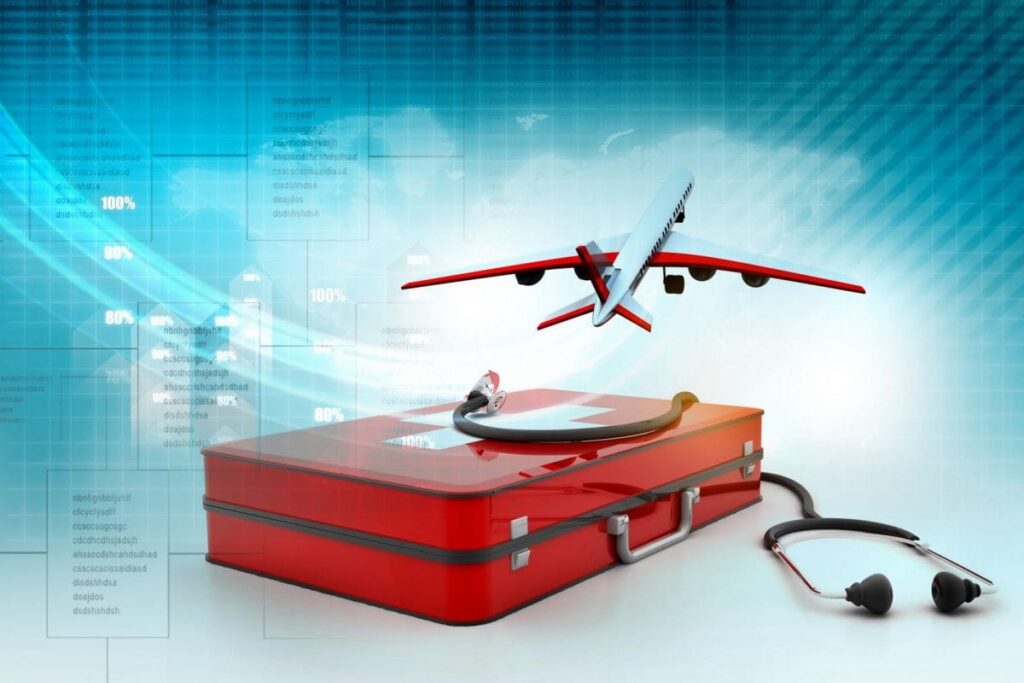 The numbers are high. However, they have not altered much in the last few years. This is despite a relaxation of medical visa policies in 2014, a move which simplified the process to obtain a visa. This was hoped to encourage the growth of India’s medical tourism industry.
The numbers are high. However, they have not altered much in the last few years. This is despite a relaxation of medical visa policies in 2014, a move which simplified the process to obtain a visa. This was hoped to encourage the growth of India’s medical tourism industry.
The figure from 2016 sits well within the random fluctuations of foreign patient numbers over the last few years. In 2012 there were 171,021 foreign nationals which obtained medical visas to India. In 2013 this figure rose considerably to 236,898. The numbers fell in 2014, with 184,298 visas granted. 2015 saw a slight increase to 190,000, with a similar increase in 2016.
Despite consistent numbers, it appears that more medical tourists are shifting to the e-visa scheme. It was recently announced that, since the introduction of the e-visa scheme in 2014, the government has taken in Rs 1,400 crore (240.75 million USD) in revenue. Union Home Ministry officials believe that the earnings from the scheme will only increase in the coming years.
India’s medical tourism industry is rapidly expanding. This raises the question of how many people on standard tourist visas are receiving medical treatments while in India. The industry is currently valued at around $3 billion USD. It is projected to rise to around $7-8 billion USD by 2020.
India is drawing in patients from abroad with new projects such as luxury medical tourism based hospitals. These hospitals are designed purely to cater to wealthier foreign nationals seeking medical treatment in India. Many promote Ayurveda, yoga, naturotherapy, Unani, Siddha and homoeopathy (AYUSH)-based treatments.
Some speculate this may be the solution to the so called “brain drain” that India faces. The concept describes the issue of doctors who obtain their degrees within India seeking employment abroad in order to gain a higher salary. This leaves India with a shortage of qualified medical practitioners, particularly specialists such as gynaecologists and paediatricians.
With the swift increase in profits in the medical tourism sector, many of these doctors that would otherwise have left may instead seek employment within India. However, to what extent this would bring any benefit to the healthcare system in India is debatable.
Areas with high levels of tourism are likely to benefit most. “Kerala is already one of the most preferred tourist destination in the country. For medical value tourism, however, there is a clear need to build and upgrade infrastructure,” said Grant Thornton’s Indian partner organisation Vrinda Mathur.
The increased number of doctors and improvements to infrastructure from medical tourism are no doubt a positive. However, these changes may be focused within the private hospitals that cater to medical tourists that are typically located within cities. This would do little to alleviate the disparities between private and public institutions. There would also likely be little difference made to the lack of doctors in isolated rural areas.
Despite attempts to incentivise work in rural areas for doctors, or even force them as part of their medical degree contract, numbers of medical specialists in rural areas remains limited. Many attribute this to the greater financial incentive of urban areas.
Doctors have anonymously pointed out that rural hospitals often fail to reassess staffing requirements when patient numbers grow. Others criticise rural locations for lacking even the most basic medical equipment. This often leaves doctors avoiding rural locations and further reducing the levels of access to healthcare in these areas.
The growing medical tourism industry could even have negative implications in this respect. By providing even greater financial incentive to India’s doctors to work in private, urban hospitals, the incentive to work in rural areas becomes even lower.
Medical tourism could, however, be a potential source of revenue for the healthcare system. With the vastly expensive “Modicare” health insurance system being proposed, any means of capitalising on foreign wealth via India’s medical system may aid in Modicare’s delivery.

